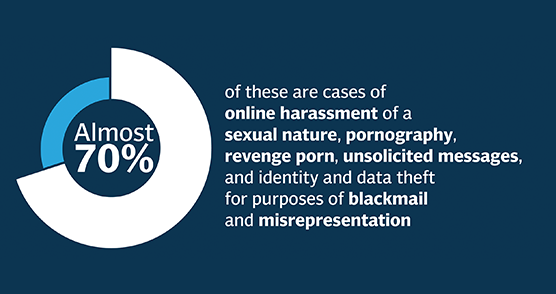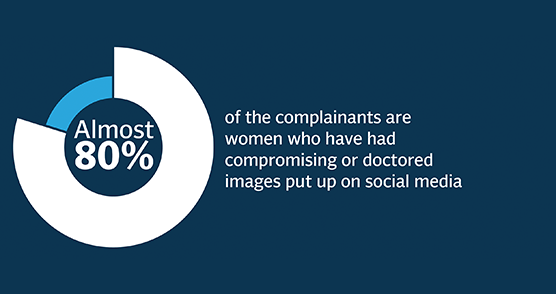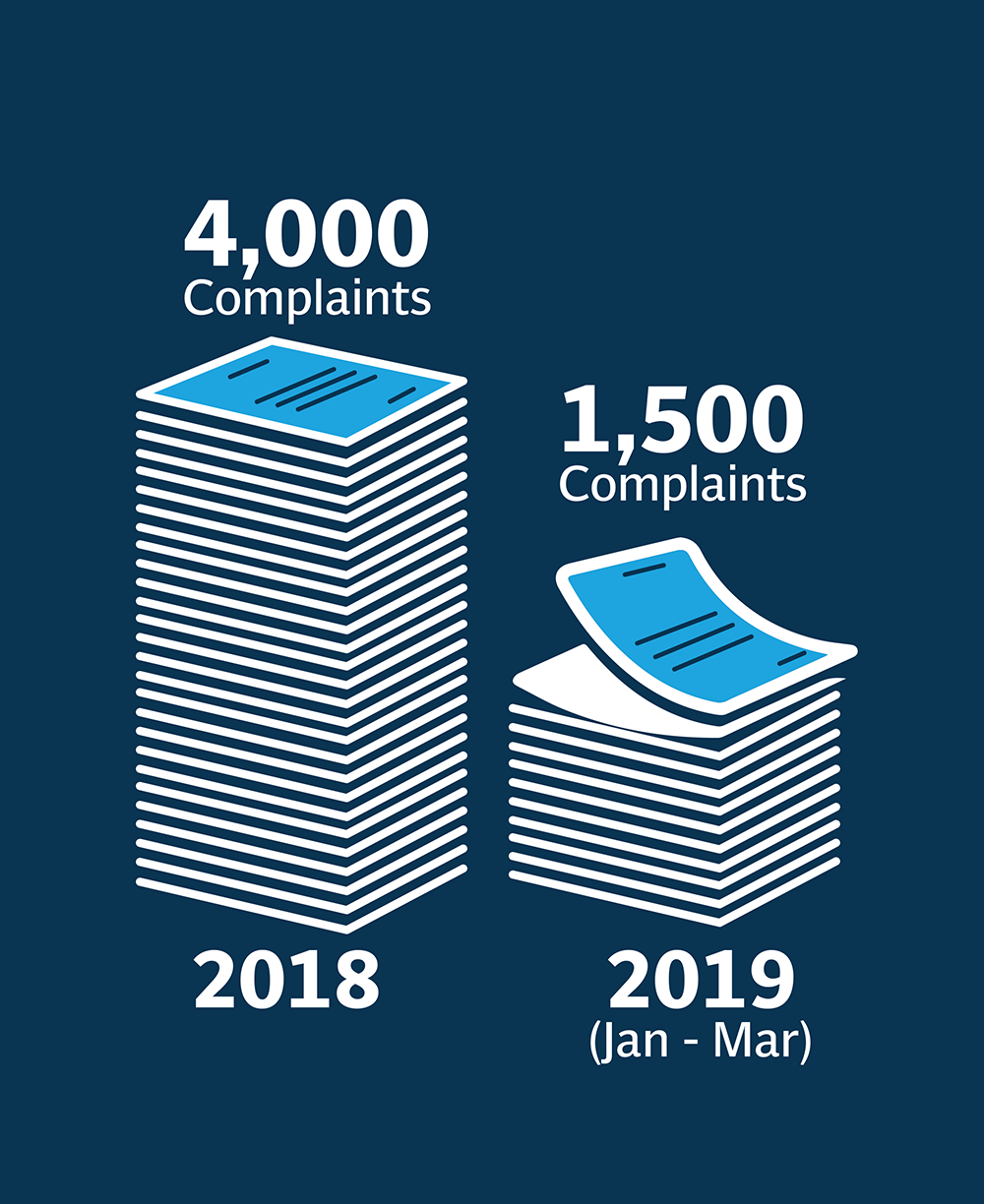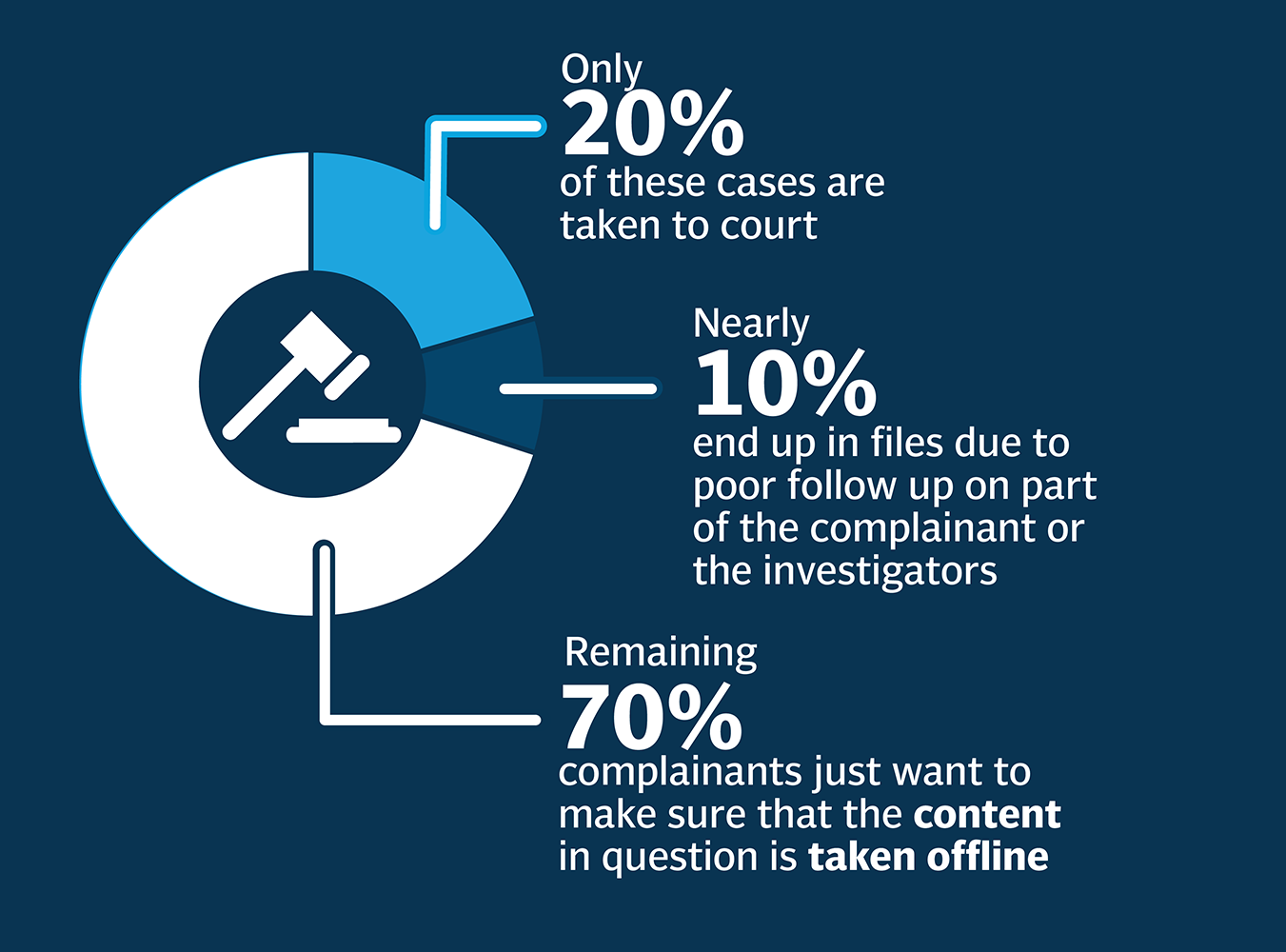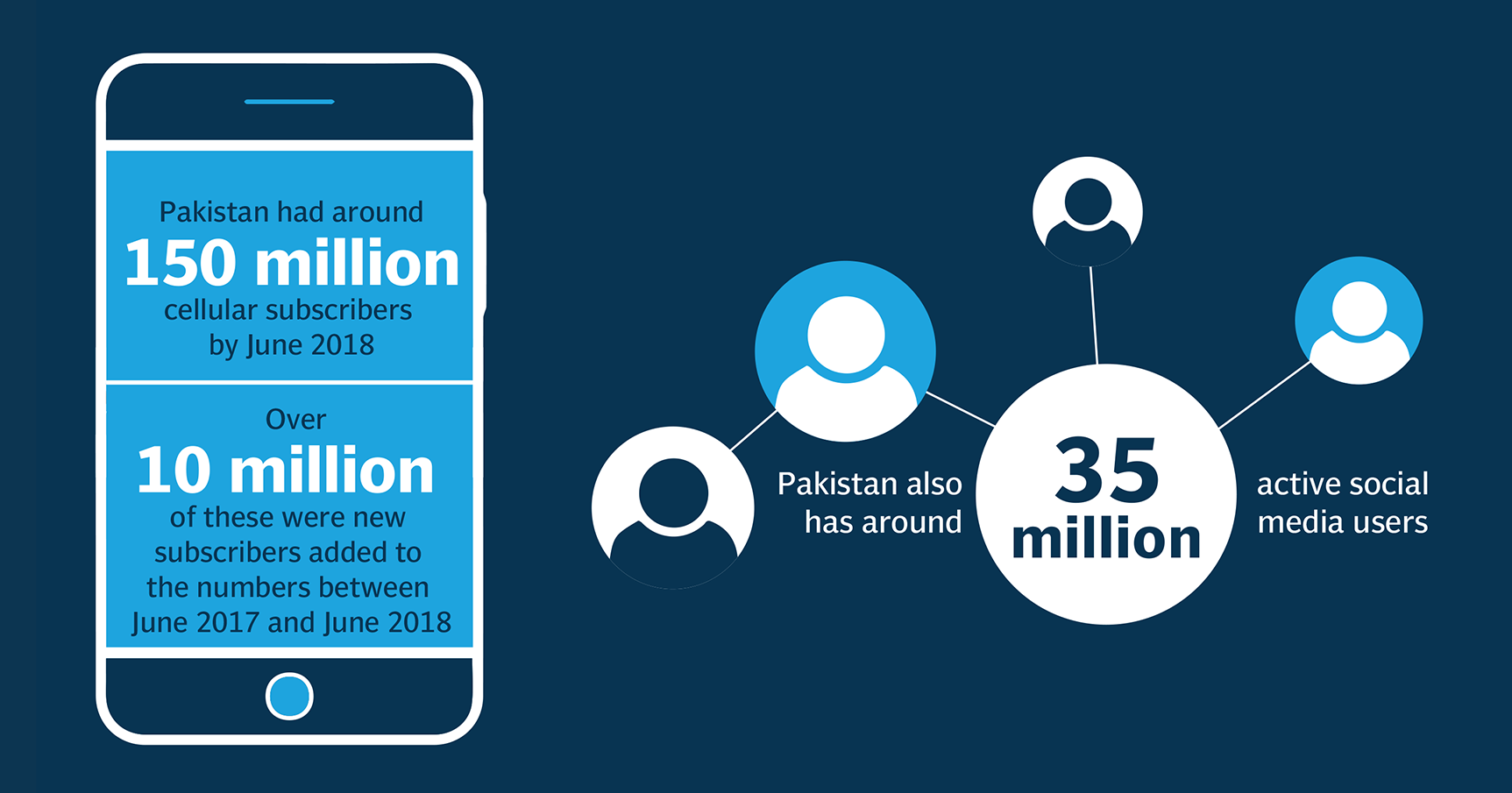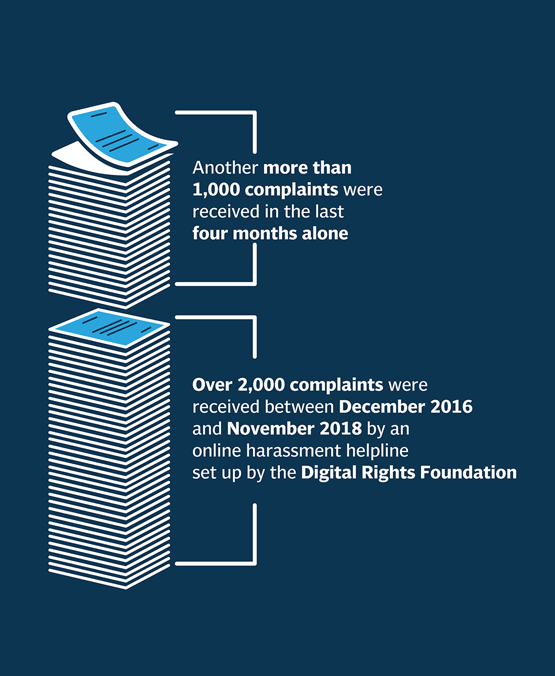Exports could get sweet boost from ever-growing Chinese demand for exotic fruit
KARACHI. A cherry blossom tree in full bloom is a mesmerising sight to behold. Cherry blossom is symbolic of spring – a time of renewal, rebirth and rejuvenation. And it has just done that for Chile's economy. Cherry blossoms didn't bloom in Chile until a decade ago. Or at least the world didn't know. This long skinny country, sited on the western coast of South America, wasn't a major cherry cultivator until the dawn of the 21st century. Its total cherry exports were less than 5,000 tonnes, according to the UN data. Then China discovered it. And Chile's cultivation and exports of the exotic fruit went up exponentially in 2013, making it one of the top 5 cherry exporting countries in the world with an export volume of more than 118,000 tonnes in 2016. The figures have gone further up in the next two years.
Chile's Department of Agricultural Policy Research says that in 2018 cherry exports exceeded 180,000 tonnes, showing a staggering growth of up to 126%. Of these, 85% were sold to China. And from the spring of 2018 to 2019, Beijing imported about 200,000 tonnes of cherries from Chile – or 83.75% of Chile's total cherry exports.
In Chinese culture and herbal traditions, the cherry flower signifies love, passion, and female mystique. The rapid emergence and explosive growth of China's middle class has created an increased demand for exotic fruits, cherry and avocado in particular. According to international projections, China, a country of a billion and half people, would look like a more middle-class society by 2030, which means the demand for these fruits, besides other things, will go up further. China is already looking for more options to satiate its growing appetite for cherry. Recently, it found Argentina as another potential destination to import from.
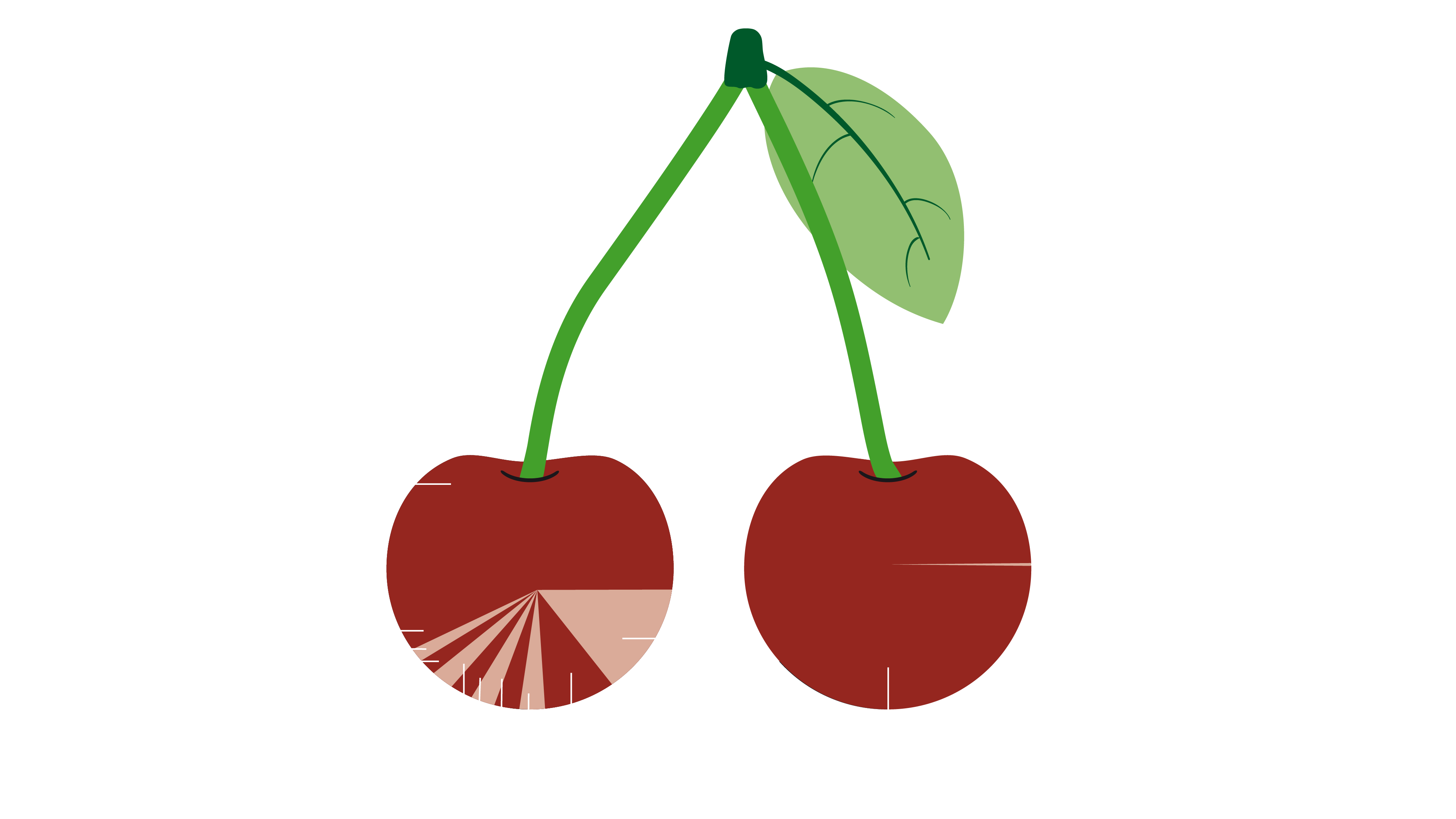
Could Pakistan also grab a slice, if not the whole pie? Perhaps, yes.
Cherry is cultivated in Pakistan, but little is known about this exotic fruit in our country for lack of verifiable data.

Cherry blossom is a real thing
"Cherry blossom is a real thing to observe in Gilgit-Baltistan during March and April as the whole valley is full of bloom in scattered plantations," says Dr Waqar Ahmad, Director Agriculture Technology at Pakistan Agriculture Technology Transfer Activity. "Small farmers have scattered plantations around their houses, but it is not in the formal sector of cultivation."
Ahmad, a trader from G-B, adds that cherry is sparsely harvested in a large swathe of the mountainous region stretching from Diamer to Sust border with China – particularly in the picturesque valleys of Hunza and Nagar. But he agrees with Dr Waqar that cherry is not a formal crop. "Farmers cultivate cherry plants in small numbers in their fruit orchards or around their houses."
100 per cent organic
But it's not G-B alone. Cherry is also grown in parts of Balochistan. "Good quality cherry is cultivated in Kalat, Ziarat and Khanozai areas," says agriculture expert Dr Khair Muhammad Kakar. "The best thing about Pakistani cherry is that it is 100 per cent organic – no fertilisers or pesticides are involved."
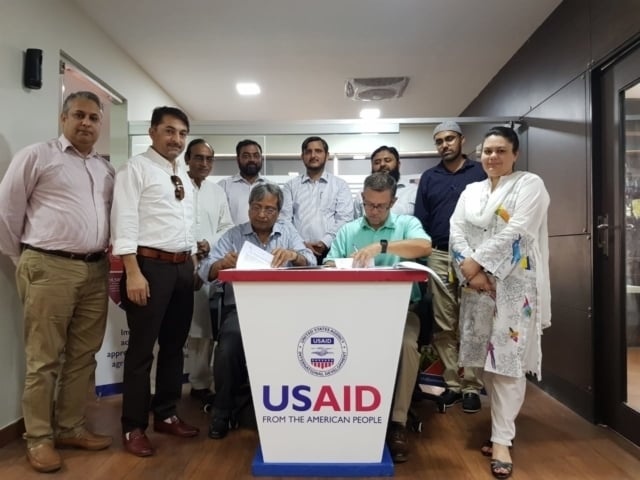
Undocumented figures
According to the UN data, Pakistan produces a little over 2,000 tonnes of cherry per year, while its share in exports is zero. Dr Kakar doesn't agree. He claims that annual cherry produce is much higher, but we don't have the exact figures due to lack of documented data. Trader Ahmad concurs. "During the season, we sell nearly 20 tonnes of cherry every day," he claims. "Cities of Punjab are the main markets."
Dr Waqar, however, prefers to trust UN figures. Pakistan ranks 46th in the world with a production share of only 0.1 %, harvesting 2,206 tonnes of cherry in 2017, he says. "The overall world cherry production is 4.9 million tonnes and our neighboring country Iran is producing 398,140 tonnes annually." He also factors in low per acre yield, which is four tonnes, while in advanced countries it is 12 tonnes per acre due to high density plantation.
Javed Iqbal, an entomologist at the Plant Protection Department, agrees. Currently Pakistan's cherry production is too little to export, he says. "I believe there is no surplus, so export could be given a thought only if we increase the production."

Dr Kakar, however, believes that Pakistan can grow much more than it is currently growing. Reason being the low cost of cultivation compared to the traditional apricot and apple fruits. "Cost of cherry cultivation is almost zero. The only cost is fruit picking and packaging." He claims that farmers in Ziarat and Kalat, who have traditionally been cultivating apple and apricot, are now switching to cherry. Trader Ahmad says the situation is not different in G-B where more and more farmers are switching to cherry.
"The greatest advantage of cherry is that it needs a very short period of time to grow," says Akhtar Muneer, a horticulturist from Balochistan. "Many farmers are now avoiding fruits like apple as it requires a lot of water and is attracting some diseases too, so they can grow crops like cherry," he says, adding that the potential to increase the production is huge.
Dr Kakar says the cherry season in Balochistan lasts for 40 to 60 days, between May and June. While in G-B, the season starts in the last week of April and continues until the first week of July, according to trader Ahmad. Dr Kakar says if Pakistan starts exporting cherry to China, then the Chinese would have fresh cherries from G-B and Balochistan for almost four months.
Road rigged with potholes
Cherry is a delicate fruit. It has a very little shelf life. This means farmers have to sell their produce as quickly as possible to avoid financial losses. "Cherry has a disadvantage of easily rotting, unlike apples and grapes that can stay fresh for as long as a week. This is the main reason why cherry is not a preferable option for our farmers," says Akhtar, the horticulturist. Entomologist Javed says cherry's life after harvest is hardly three to four days. "When harvested in G-B, cherry is sold in the Islamabad market. Transportation takes a day, which means it has to be consumed over the next two to three days or else it'll start rotting."


In Pakistan, almost 20 to 30 per cent cherry is lost post-harvest due to the dilapidated road infrastructure, according to Dr Waqar. An overwhelming majority of cherry growers – roughly 71% – are small farmers and they sell their produce to wholesalers and retailers as they cannot afford to transport their produce in the markets where they can get a better price.
Lack of cool chain management, market information system, packaging and processing facilities and value addition also contribute to the hurdles in cherry export. The transporting vehicles do not have cool chain refrigerators that could be used to transport tinned cherry, which is why the focus of farmers is only local markets, where they do not get the desired price. But Dr Kakar says storage is not an issue as far as Balochistan is concerned.
"A chain of 10 state-of-the-art cold storages has been set up as part of a US-funded project – right from Chaman up to Turbat," he claims. For him, packaging is the first step. "Growers should be provided clamshell packaging which ensures safety, visibility, versatility – and above all zero fraudulency." Besides packaging, value-addition is another important factor. Cherry is a delicate and easily perishable fruit, but the processed, pre-cooled, packed cherries have shelf life of over a couple of weeks with fresh and crispy taste and aroma.
The quality of the edible flesh of cherry fruits differs from region to region, but buyers prefer value-addition. "The buyer buys with eyes, which is why packaging and presentation of the fruit makes a difference in the export market and salability of the produce," says Dr Waqar.
Biting slice off the pie
Gilgit-Baltistan, which lies at the heart of the multibillion-dollar China-Pakistan Economic Corridor (CPEC), could become a business hub between the two countries.
"CPEC can be used as a gateway between both the countries," says Dr Waqar. "People of G-B can export their finest quality almonds, apricots and dry fruits to China, while farmers in Balochistan, where the Gwadar port is located, could also export their fruits, including cherry, and vegetables in bulk."
Dr Waqar says cherry could easily be exported to China via CPEC. "If we sort out the issue of transportation, in technical terms the pre-cooling system; small processing units in the cottage industry; and the mechanism for consolidation, then there is a lot of potential of cherry for export in Pakistan."
All the experts agree that Pakistan's cherry could be marketed as 100% organic to increase its competitiveness in the Chinese market. "The fruit could be claimed as organic produce from the foothills of the Himalayas due to clean environment, and no use of agrochemicals and fertilisers," says Dr Waqar.
However, there could be some roadblocks, primarily the issue of quarantine. "Any humans, animals or plants have to go through some procedure as they move, which is called quarantine, so the cherry is also kept in quarantine for some time to analyse if it carries any disease or pest to see if it becomes a threat for the economy or health of the importing economy," says entomologist Javed.
Amanullah Khan, Managing Director of Global Care, Beijing, thinks this shouldn't be an issue. "We are already exporting agricultural products – fruits and vegetables – to the United States, the United Kingdom, and other European countries which have more stringent quarantine requirements.

"Pakistani mangoes are popular all over the world, especially in European countries such as the United Kingdom, and the United States. The problem of the presence of fruit flies has been solved. If we can get support from China and secure some orders, then we will definitely meet this requirement, this is not a big problem," he adds.
Putting together 'to-do' list
The experts agree that cherry production has to be given a substantial boost if Pakistan plans to export to China.
There are things that growers need to take care of, like pollination. "We have to maintain certain trees as well to keep in check pollination, so when the pollination is done right, the flowering and fruiting is good quality too. Thus, there are certain things that growers need to take care of as it affects the production."
Farmers can grow more cherries under high density plantation with drip irrigation to get more produce per acre, which will increase the capacity to maintain the supply of the fruit in the local and export market, according to experts. Climatic conditions and natural resources are in favour of more production in high hills.
Trader Ahmad complains about lack of support from the agriculture department. "If the government could set up nurseries to offer saplings to growers and make market information and clamshell packaging available to them, then cherry could be brought into formal cultivation which, in turn, would result in a substantial boost in production."
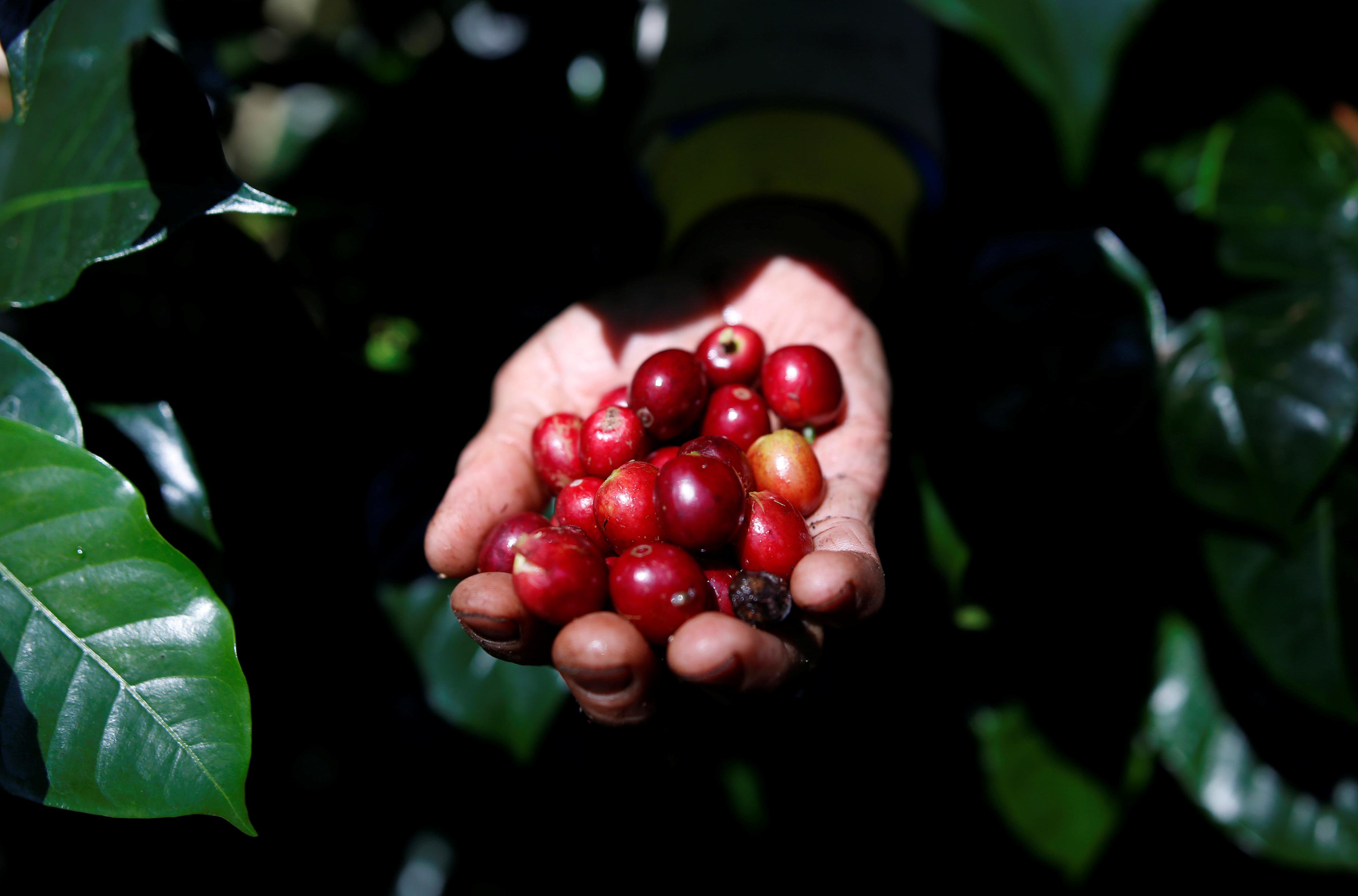
Dr Waqar agrees and goes a step further. "Support from the government and the development sector to farmers in cultural practices, certified plants, access to finance, access to market and logistical management will enhance the prospects of cherry production in the region."
Horticulturist Muneer recommends a two-tier market for an efficient marketing system. "In the first tier, fresh cherry should be collected, packed and supplied according to the market demand, and the surplus cherry should then be processed and canned in the second tier."
Dr Kakar says the government should provide clamshell packaging to farmers; help exporters with the certification process and other paperwork; and remove bureaucratic hurdles and rampant corruption at ports, if it wants to encourage cherry exports.
If this is too much to ask for Pakistani authorities, then China could be requested to help. And Zhao Jinping, former director-general of the Research Department of Foreign Economic Relations, Development Research Centre of the State Council, thinks this is possible. "China should set up a joint venture cherry farm in Pakistan and the two countries can produce together to help Pakistan develop the cherry industry," he says.
If Pakistan could get a share in China's cherry imports, then this could be a win-win for both countries. China could have fresh, organic cherry at a cheaper price, while Pakistan could improve its trade imbalance with China, though in a modest way.



